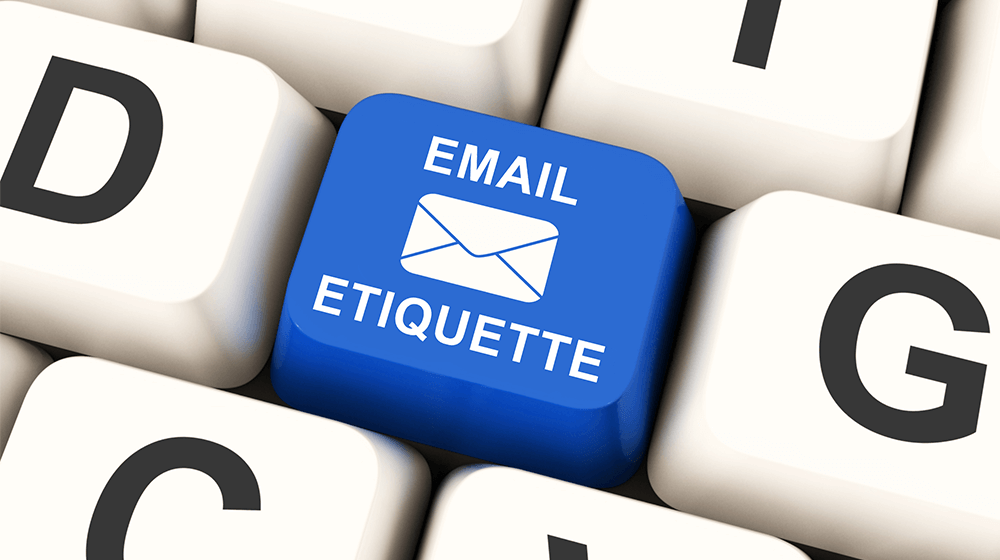
Professional Email Etiquette
Email etiquette refers to the set of guidelines and practices that individuals should follow when composing, sending, and responding to emails. In the digital age, where email communication is prevalent in both personal and professional spheres, adhering to proper email etiquette is crucial for effective and respectful communication. Here are some key points to consider :
- Professional Tone
- Clear and Concise Communication
- Subject Line
- Use of Formal Greetings and Closings
- Proofreading
- Duration: 1 months
- Attachments
- Replying Promptly
- Use of BCC (Blind Carbon Copy)
- Respect Privacy
- Consideration of Time Zones
- Fees: 1000/- (Full Course)
- Professional Tone
Maintain a professional and respectful tone in your emails. Use appropriate language and avoid the use of slang or overly casual expressions, especially in a business or formal setting.
- Clear and Concise Communication
Be clear and concise in your messages. Avoid unnecessary details and get straight to the point. Use short paragraphs and bullet points when applicable to enhance readability.
- Subject Line
Craft a meaningful and descriptive subject line. A well-crafted subject line helps the recipient understand the purpose of the email and increases the likelihood of a timely response.
- Use of Formal Greetings and Closings
Begin your email with a formal greeting, such as "Dear [Name]" in professional settings. End your email with an appropriate closing, such as "Sincerely" or "Best regards," followed by your name.
- Proofreading
Before hitting send, proofread your email to check for spelling and grammatical errors. A well-written email reflects positively on your communication skills and attention to detail.
- Attachments
Clearly mention and attach any relevant files or documents. Be mindful of the file size to ensure that it doesn't burden the recipient's inbox.
- Replying Promptly
Respond to emails in a timely manner, especially in a professional context. Even if you need more time to provide a detailed response, acknowledge the email and indicate when the recipient can expect a more comprehensive reply.
- Use of BCC (Blind Carbon Copy)
When sending emails to multiple recipients who do not need to see each other's email addresses, use the BCC field to protect their privacy.
- Respect Privacy
Be cautious about sharing sensitive or confidential information over email. Ensure that your recipients have the necessary clearance to receive such information.
- Consideration of Time Zones
When scheduling meetings or sending time-sensitive information, be mindful of the recipient's time zone to avoid inconvenience.
By adhering to these email etiquette guidelines, individuals can foster effective communication, build professional relationships, and present themselves positively in various personal and professional contexts.

